Converting a real-world (analog) signal into a digital signal means that you have to bring the signal into an Analog-to-Digital converter (ADC). From there, the ADC turns the continuous analog signal into a discrete, digital signal by sampling, or taking regular snapshots of, the curves of the analog signal. After sampling is complete, any information about what happened with the analog signal between taking samples is lost. Therefore, the main difference between sampled-time signals and continuous-time (real-world or analog) signals is that an analog signal exists at every point in time, whereas a sampled-time signal is only known at the moment that it’s sampled. A sudden blip in between sampling moments would be lost. (If the sudden blip is unwanted noise, then digitizing a signal can be useful for eliminating noise, but that’s another topic.) Harry Nyquist found that signals needed to be sampled at twice the bandwidth of a signal or more if it’s to have any meaning. Real-world signals are almost always more complex than a sine wave, however. Nevertheless, we can look at the system response in sampling a sine wave and apply that to complex real-world signals. In fact, real-world signals can be emulated using sums of sine wanes at different amplitudes and frequencies.
Fig 1. This is a sine wave that is sampled by an ADC at the rate of one sample per second, with sample points as black points. The result is a straight line rather than digital re-creation of the sine wave.
Fig 2. If you sample one and a half times per cycle, it could be interpreted as a sine wave that’s oscillating at a lower frequency (the dashed line).
Fig 3. Two samples per cycle is the minimum Nyquist rate in order to at least know the frequency, but the amplitude is not clear at this minimum sampling rate. The Nyquist limit for sampling at two per cycle reveals no information about the amplitude. You could be anywhere on the wave when you sample (i.e., the phase can vary), so your amplitude could be anywhere from zero up to the maximum amplitude, you can’t be sure.
Fig 4. Sampling four times per cycle gives a better idea of frequency and amplitude if you are in phase (in sync), but it’s still not enough.
Fig 5. If you sample at many more times than the maximum frequency, then you get a more realistic replication of what the analog signal looks like. The challenge is to sample enough but not too much so as to waste effort.
An example in further detail can be seen in Fig 6, which is eleven samples per cycle. If a 90 Hz sine wave is sampled at 1,000 samples per second, the wave has an analog frequency of 0.09 of the sampling rate, represented by: f= 0.09 x1000. Eleven samples (11 = 1000/90) are taken in one full cycle of the sine wave. If no other sinusoidal wave can replicate this wave by connecting the sample points, then the sample rate is going to accurately represent the original, real-world signal that we sampled.
Fig 6. If you can make an exact reconstruction of the real-world signal from samples, then it’s been sampled properly. Here, the sampling frequency, fs, is 11 samples per second.
If a signal has frequency rate of fM, then the sampling rate needs to be at least fs such that:
a fM < (fs /2) or fM < 0.5 x fs)
A term that is commonly used is the “Nyquist frequency.” The Nyquist frequency is (fs /2), or one-half of the sampling rate. In other words, the proper sampling rate (in order to get a satisfactory result) is the Nyquist rate, which is 2 x fM, or double the highest frequency of the real-world signal that you want to sample.
The textbook expression of the Nyquist-Shannon sampling rate is, “If a continuous, band-limited signal contains no frequency components higher than fM, then we can recover the original signal without distortion if we sample at a rate of at least 2 fM samples per second.”[i] The Nyquist rate, then, is 2 fM. Dr. Harry Nyquist completed his B.S. and M.S. degrees in Electrical Engineering from the University of North Dakota before obtaining his PhD. in Physics from Yale.
[i] University of Washington, Lecture notes, CSE467, CSE467, Advanced Logic Design, https://courses.cs.washington.edu/courses/cse467/admin

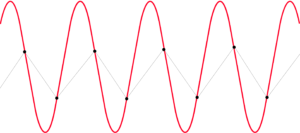
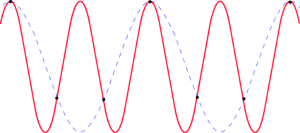
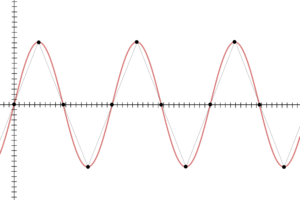
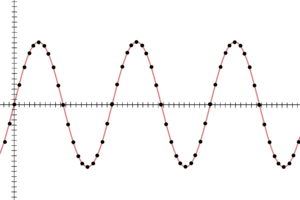
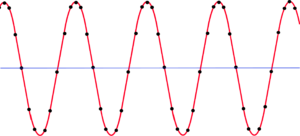
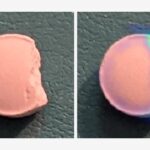
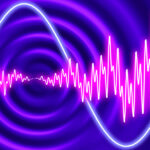

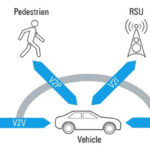


Leave a Reply
You must be logged in to post a comment.